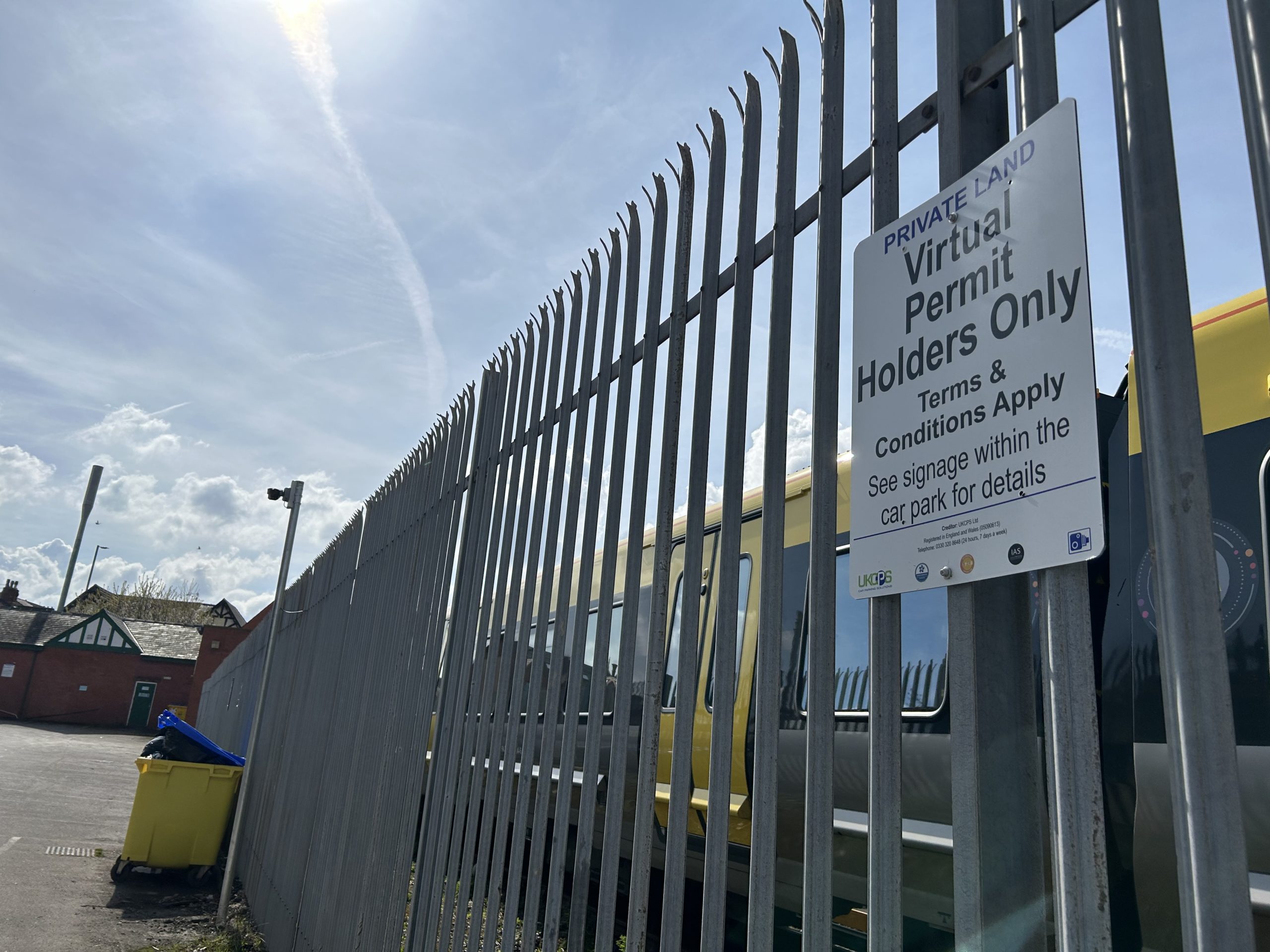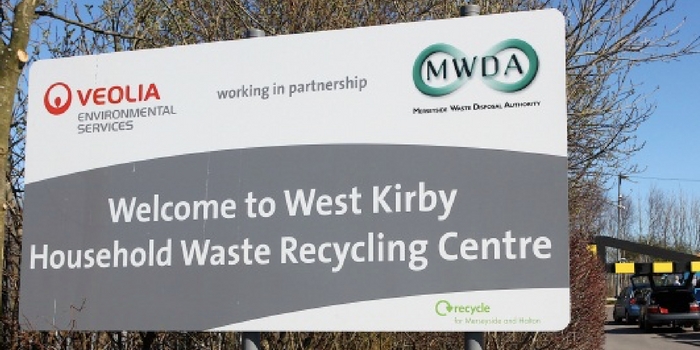Believe it or not, HMRC is keen for you to claim tax relief on research and development costs if you are a small or medium-sized business.
HMRC has recognised that many SMEs have either not seen the tax saving opportunity or haven’t believed that they would be eligible.
Because R&D is seen as vital to the long term health of the UK economy there is a push to clarify the breadth of activity that could be counted and make it easier to apply for relief.

SME Definition
The definition of an SME is an organisation with fewer than 500 employees and either turnover less than 100m Euros (approx. £75m) or a balance sheet of 43m Euros (approx.£30m)or less. These criteria may not apply if your business is a subsidiary or if another company has a shareholding of 25% or more.
The SME relief scheme offers 230% tax relief on allowable costs. That means if you have an R&D expenditure of £10,000 in a year you could deduct £23,000 from the income on which Corporation Tax is paid.
R&D Activities
Importantly HMRC is at pains to stress that the activities covered by the scheme are very broad. HMRC’s definition of R&D refers to:
“Projects that project seeks to achieve an advance in science or technology through the resolution of scientific or technological uncertainty.”
Although this sounds quite technical, in practice it covers improvements in processes, materials, devices, products and services. For example:
- New methods of construction in the building sector.
- IT systems integration for an insurance company.
- The design of specialised electronics.

Allowable Costs
The range of costs that you can claim relief on is also quite broad:
- Employee costs in proportion to the amount of time they spend on the project.
- Staff providers who supply external workers to the project – again in proportion to the R&D project time.
- Materials used in R&D.
- Directly applied utility costs (excluding telecoms).
- Software costs.
- Subcontracted R&D costs at a reduced rate of relief of 65%.
Claiming Relief
R&D relief is claimed through your annual company tax return and there is a 2 year time limit after the end of the relevant tax accounting period.
If your company makes a loss during the relevant accounting period then you can apply to receive relief in the form of a tax credit.
HMRC doesn’t require specific records to be kept in relation to the R&D relief claims. However they make a compliance check in relation to your claim so it makes sense to identify and document R&D activities and costs as clearly as possible.
Do you need help?
If you are considering undertaking some R&D activity and you want to know if it will be eligible for relief, or if you want to make an R&D relief claim, then GRC Accountants can help.
We can provide set-up advice, on-going management support, and expertise in completing your company tax return. All you need to do is get in contact!
For more information, visit www.grcaccountants.co.uk or call 0151 321 2340



































